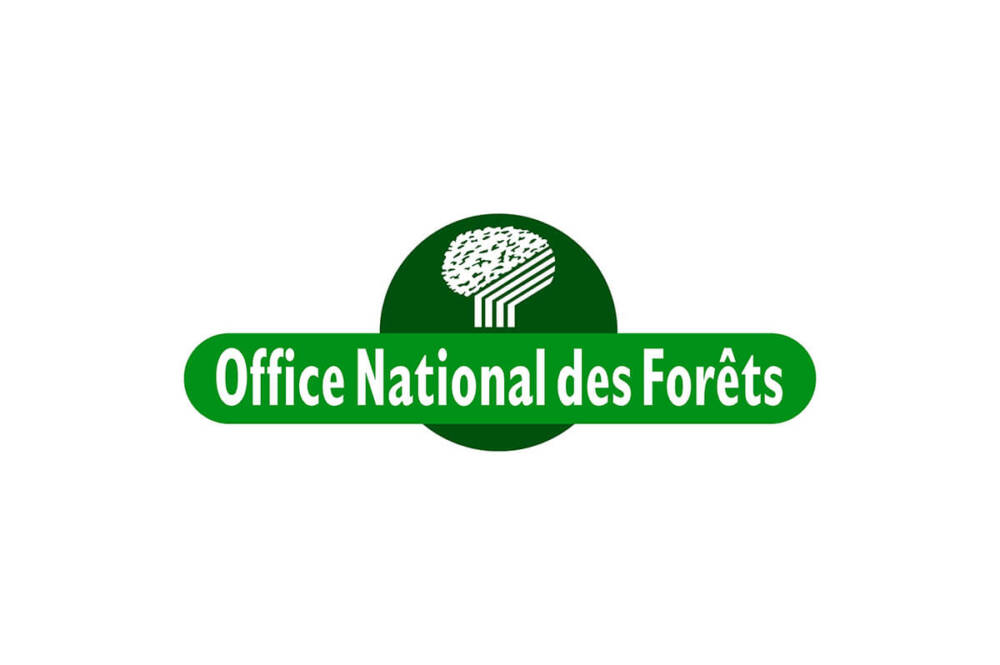There are 92 km of short and long hiking trails, 60 km of cycle paths and horse paths. The Rambouillet forest is crossed by the famous GR1 and the Véloscénie which connects Paris to Mont Saint-Michel by bike.
For your walks, if you do not know the places, get information from the Tourist Office, choose a signposted route and take a detailed map. And for more caution, tell family or friends of your itinerary.

Text size
By default
Leading
By default
Typo for dyslexia
By default